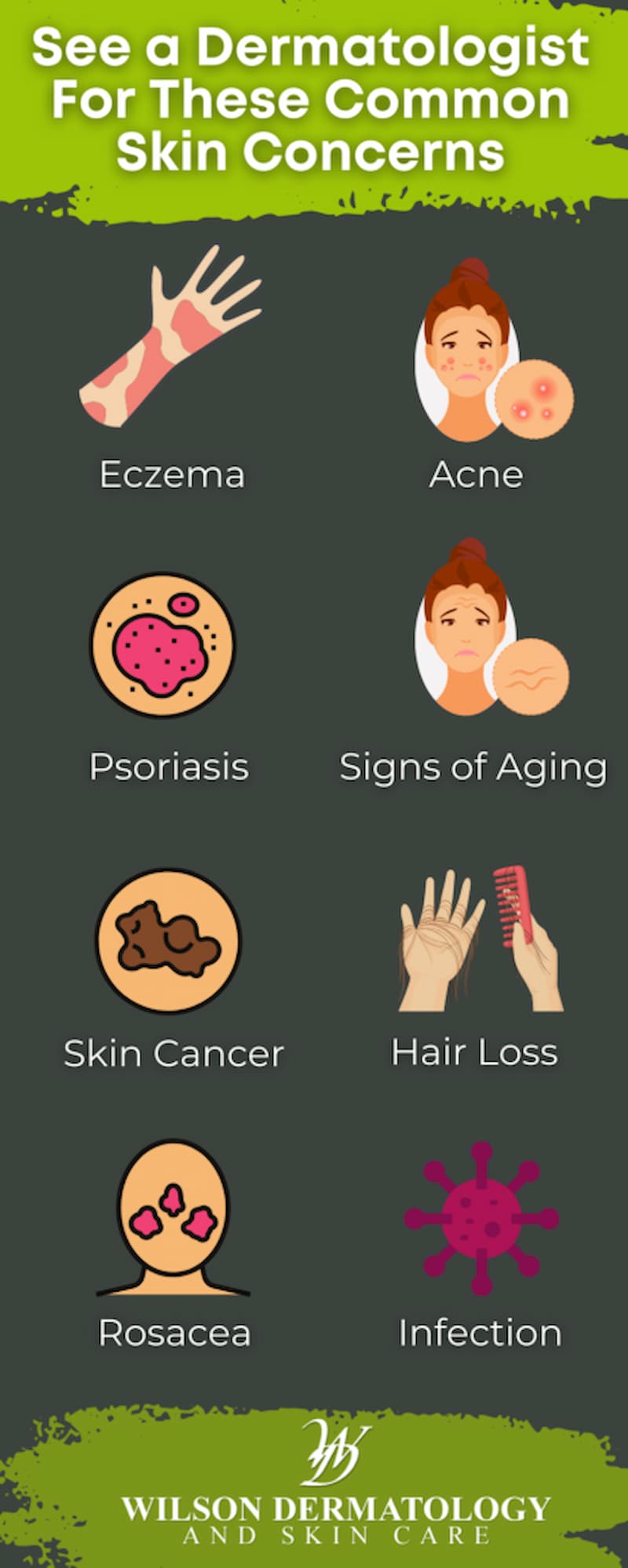Browsing Skin Cancer Cells Therapy: The Essential Role of Mohs in Modern Dermatology Practices
Skin cancer, a difficult medical diagnosis, typically leaves individuals grappling with various therapy alternatives. As we discover the details of this procedure, one will appreciate its crucial role in skin cancer cells therapy.
Comprehending Skin Cancer Cells: Kinds and Threats
There are three main kinds of skin cancer cells: Basal cell cancer, Squamous cell carcinoma, and Cancer malignancy. It accounts for only concerning 1% of skin cancer cells situations however creates the vast bulk of skin cancer cells fatalities. Risk factors consist of reasonable skin, history of sunburn, extreme sun direct exposure, living at high elevations or shut to the equator, having many moles, a household history of skin cancer, and weakened immune system.
What Is Mohs Surgical procedure and Just How It's Reinventing Skin Cancer Cells Therapy
Regardless of the numerous treatments currently available for skin cancer, Mohs surgery stands out as a groundbreaking and very reliable remedy. Called after Frederic E. Mohs, the physician who created the treatment, Mohs surgical treatment is a specific surgical technique used to treat skin cancer. This level of precision, combined with the capacity to save as much healthy cells as feasible, is revolutionizing skin cancer cells therapy.
The Advantages of Mohs Surgical Procedure Over Conventional Skin Cancer Cells Treatments
Structure on the cutting-edge nature of Mohs surgical treatment, it's important to consider its numerous advantages over conventional skin cancer treatments. Unlike common treatments, Mohs provides a higher remedy rate, commonly reaching 99% for new therapies and 94% for persistent cancers cells. Furthermore, it minimizes damages to healthy skin, leading to less scarring and improved aesthetic outcomes.
The Treatment of Mohs Surgical Treatment: What to Expect During the Refine

Potential Adverse Effects and Post-Operative Treatment of Mohs Surgery
Going through Mohs surgical treatment, like any kind of various other surgical procedure, includes prospective side impacts that individuals must be conscious of. Usual side impacts consist of pain, wounding, and swelling at the surgical procedure website. In some situations, extra treatments might be needed to ensure full elimination of the cancerous cells.
Conclusion
